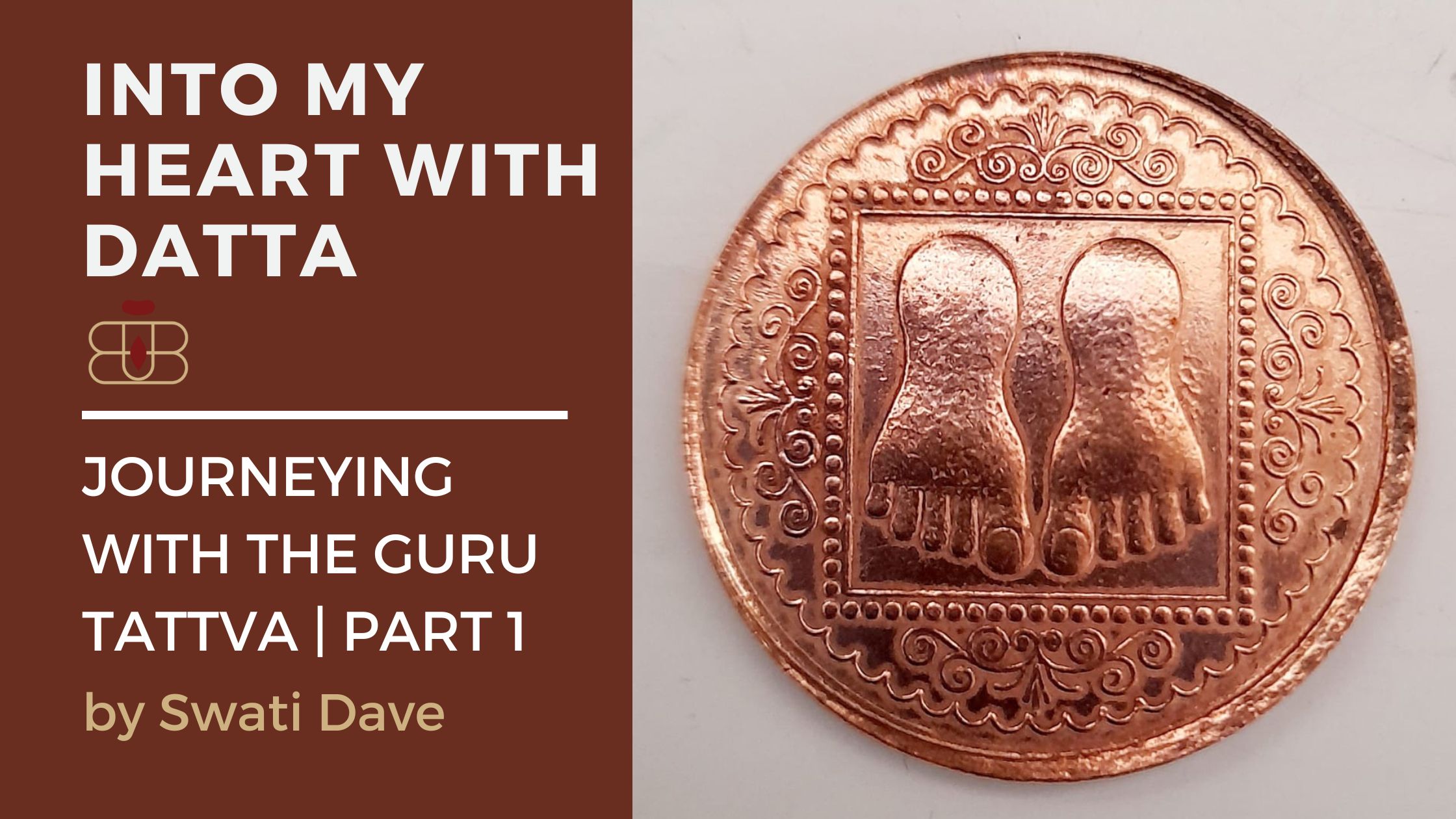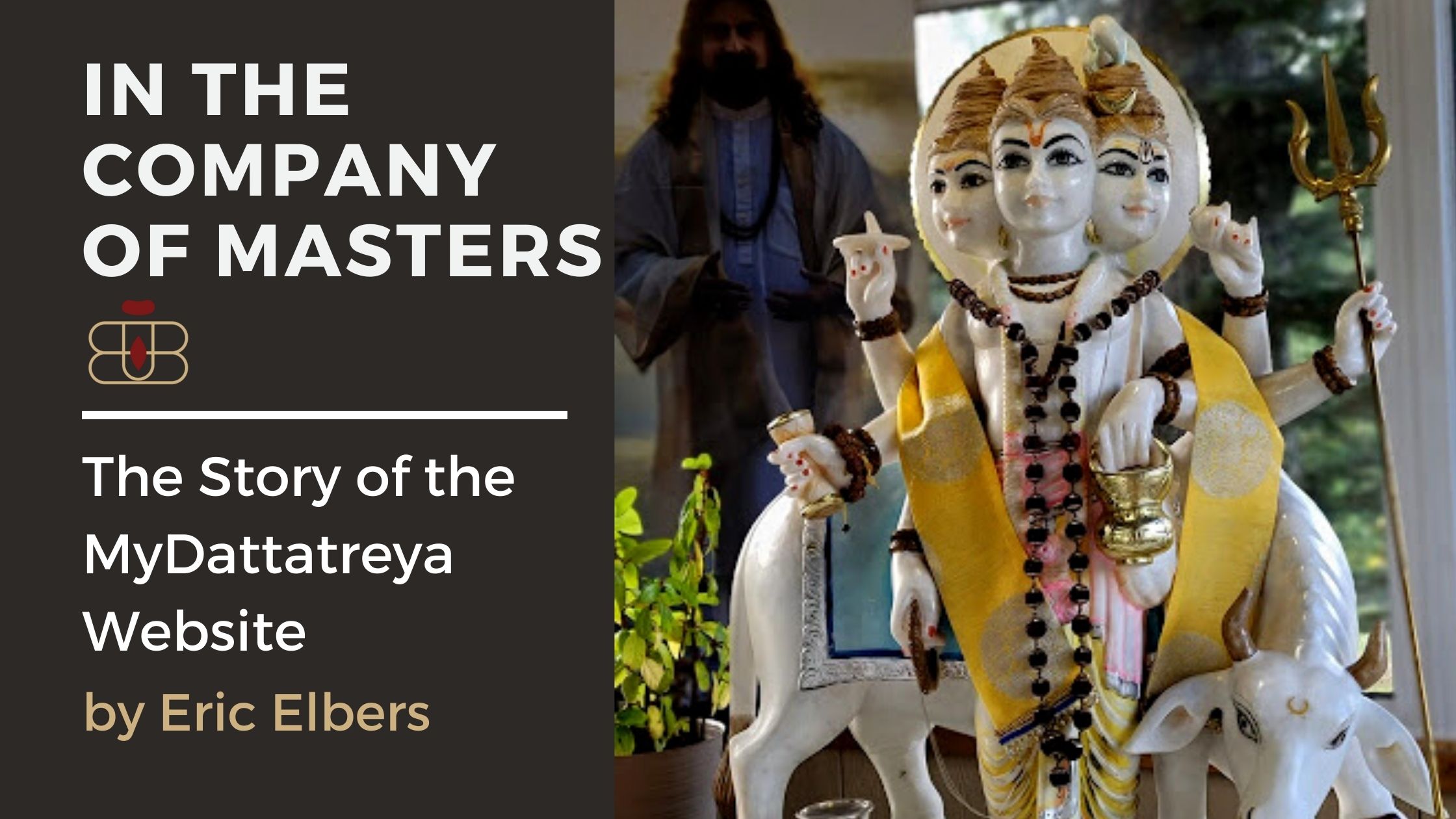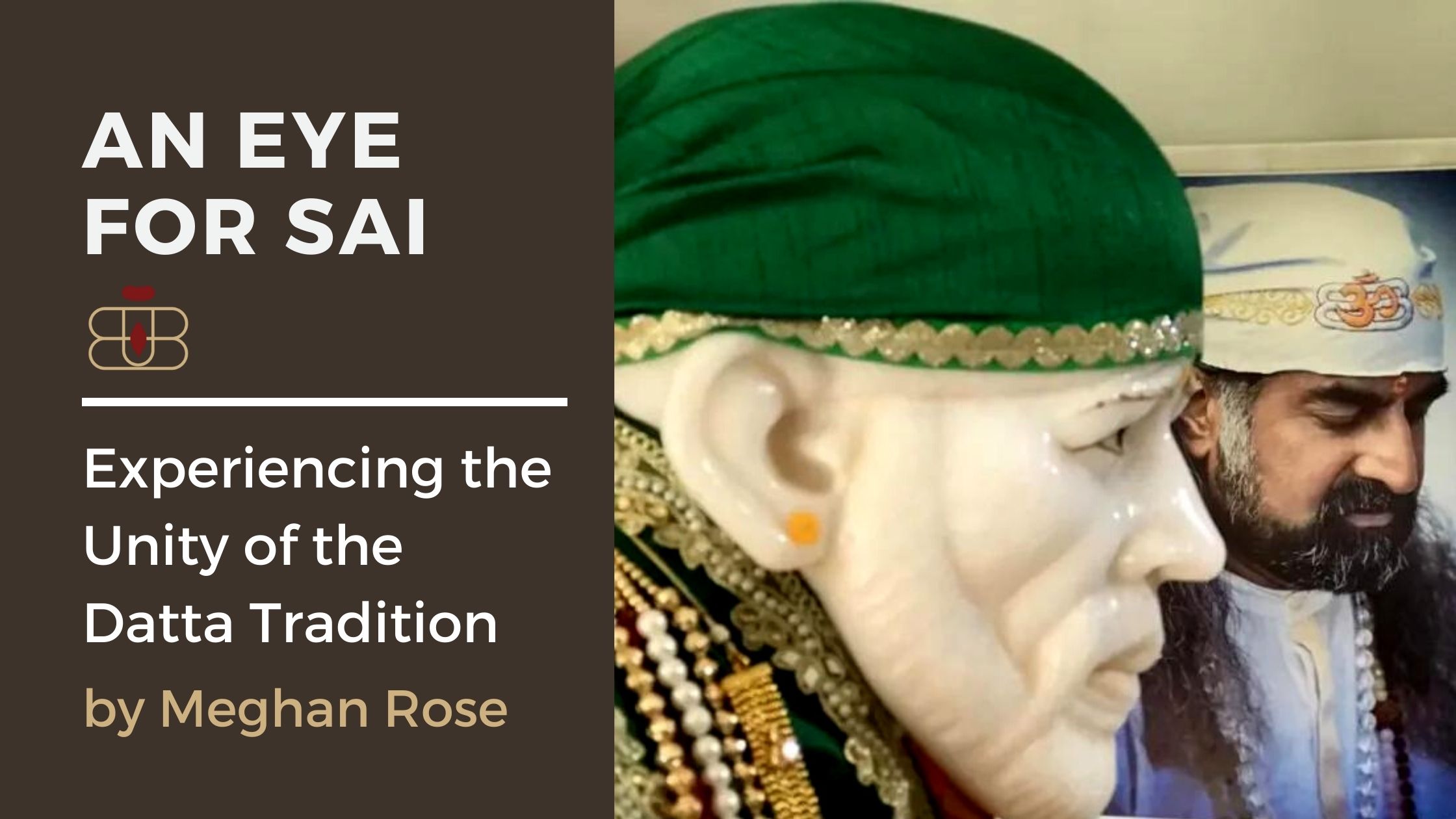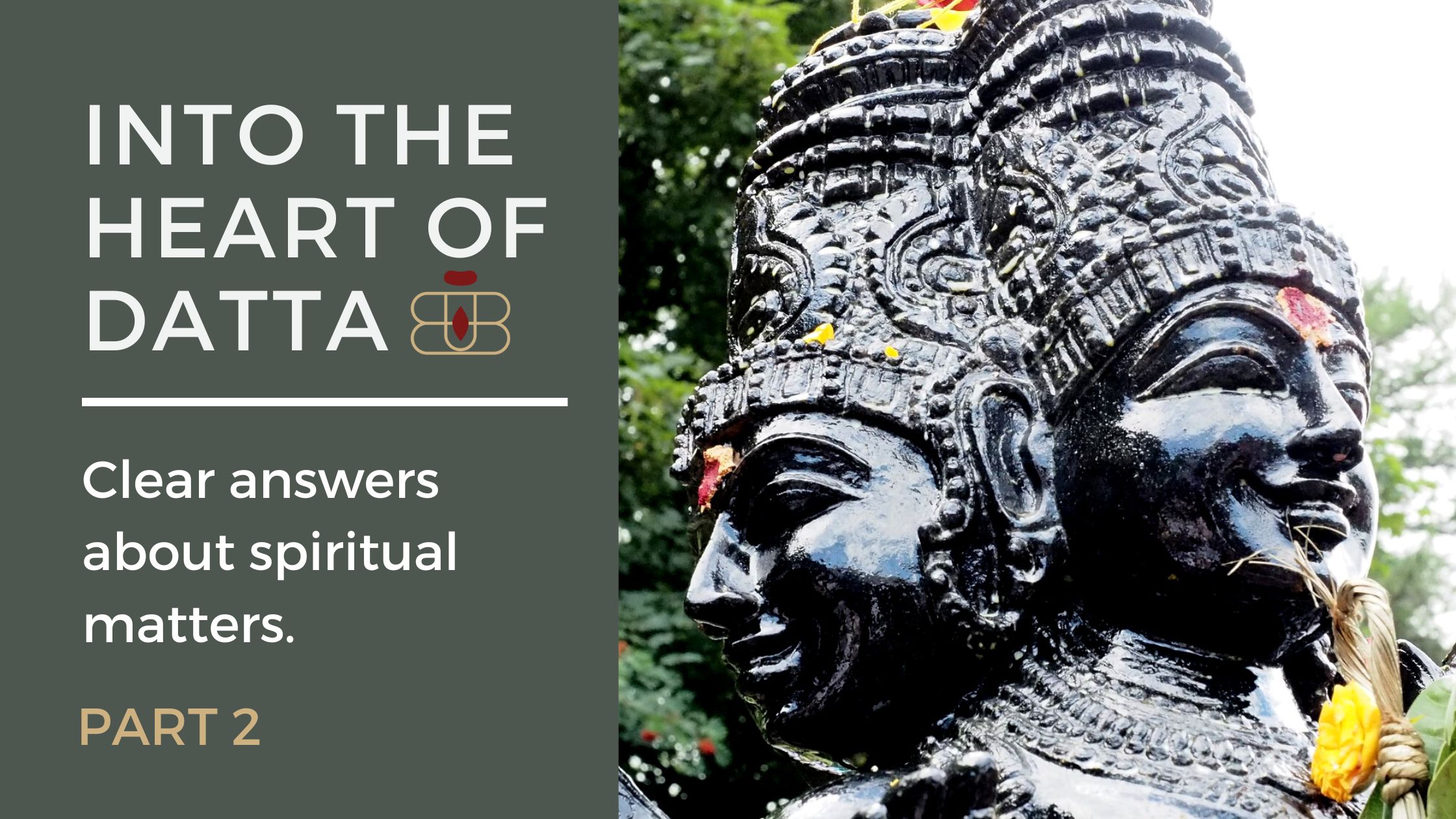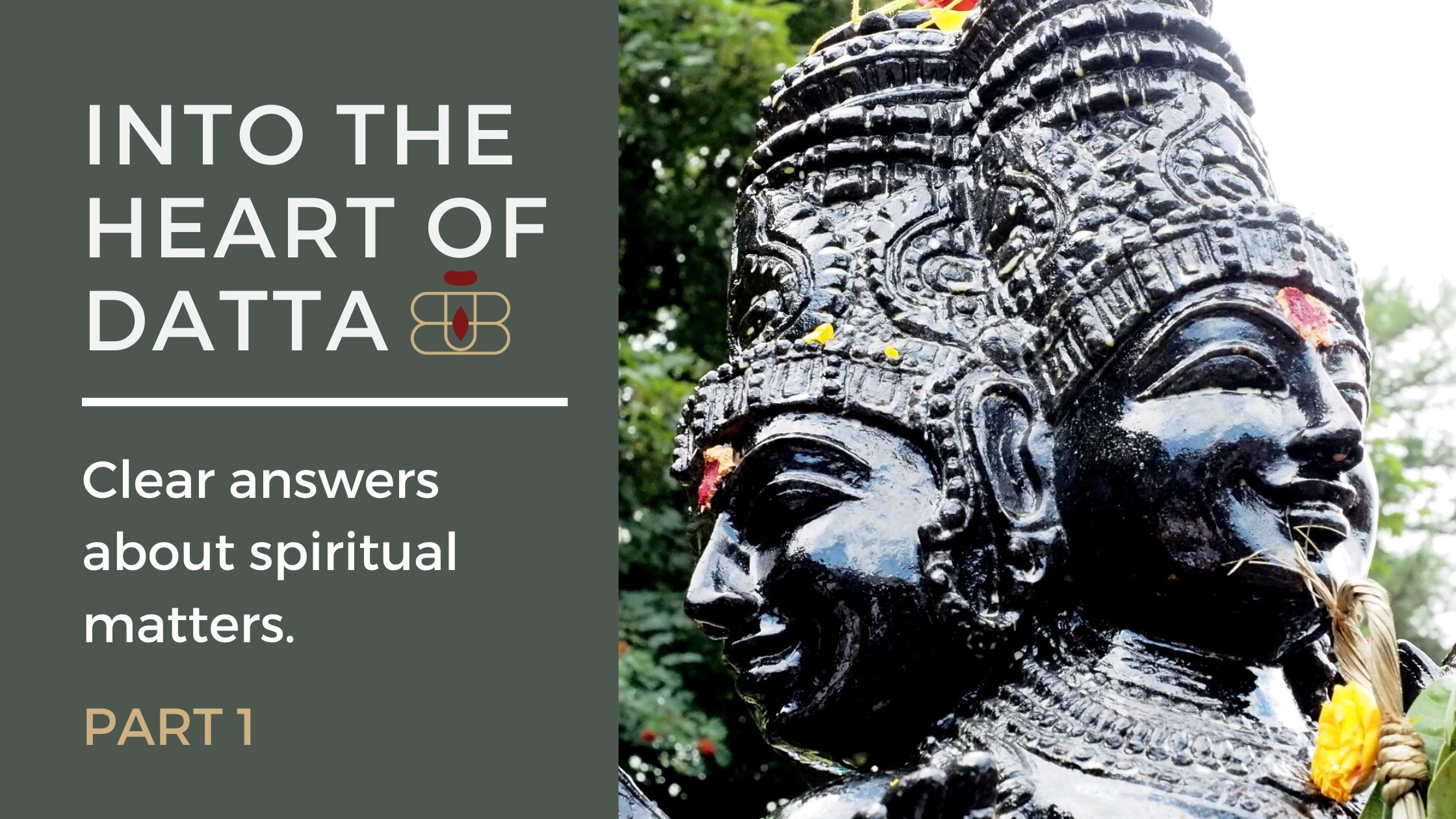Overview and Significance
Siddha Yogi Charpatnath (Charpati-nath)
Also known through various legends as Siddh Charpatnath, Karpathi-nath, Pacharipa, and Charbaripa, the Natha Yogi Charpatnath is traditionally recognised as one amongst most distinguished Siddhas of the Natha Sampradaya. It is uncertain if his name is derived from the Sanskrit word ‘charpatha’, which can be translated either as ‘the ears lying flat to the head’, ‘the open palm of the hand or ‘charpathi’ – ‘thin biscuit of flour’. By some lists, he is counted as one of the Eighty-Four Great Siddhas and one of the Nine Nathas.
There are numerous legends about him, although many resemble fairy tales rather than reliable historical testimonies. From some accounts mentioning him and from the analysis of his works, it appears clearly that as a historical personality, he was a realised Yogi of the Natha Panth, one who has attained the state of the Perfect Enlightenment. His Guru was either Gorakshanath or Matsyendranath; different sources disagree on this point, but the tendency is to show him as the direct disciple of the Guru Gorakshanath. In verse one of his book, Charpatnath Shataka, which is recognised as an authentic work, Charpatnath himself revered Guru Gorakshanath as his guru: ‘shrigoraksham natva devam.’
The medieval popularity and the influence of Charpatnath are supported by the mention of his name amongst the names of other realised Mahasiddhas. He is also mentioned with some other Great Siddhas in Siddh Gosti, the book forming the part of Shri Guru Granth Sahib, as having a conversation with the Sikh Guru Nanak Dev.
However, even in the sight of the high status of the Siddha Charpatnath amongst the Natha Yogis, there does not exist any Panth in his name among the twelve sub-sects of the Natha Sampradaya. If we accept him as the guru of Siddha Nagarjuna, who is traditionally associated with the Raval Panth, he could be counted as one of the forerunners of this Panth.
Per some legends and other written sources, he acquired immortality by means of rasayana (the Indian name for alchemy) and transformed various materials into others. For example, the work Rasaratnakara attributed to the authorship of the Siddha Nityanath, has mentioned Charpatnath amongst the other famous Indian alchemists.
Following the legend found in the Bengali book called ‘Mina-chetan,’ (Mina-Chetan or the Awakening of Mina’, composed by Shyama-das, and in the ‘Gorakh Vijaya or the Victory of Goraksha, written by Faijulla), Devi Parvati being pleased by Gorakshanath, blessed him by granting him the bonus of obtaining the most beautiful woman who ever existed. To fulfill the reward, Shiva, by his yogic power, created a young woman who determinedly accepted Gorakshanath as her husband from the moment she came into existence.
However, after coming into her house, Gorakshanath turned himself into a six-month-old child and started crying, demanding milk from her breast. After a short time, when the girl had become greatly distressed by the situation, Chetan Gorakshanath told her that it is impossible for him to be affected by sensual desire. Still, she would conceive a child if she would wash his kaupin or karpati (loincloth) and drink the water remaining after it. So she did; following his advice, she washed his karpati, and drank the water left after it. Sometime later, their son was born to her, which was named Karpatinath.
There are a few places in different parts of India connected with Charpatnath, told by various legends about this remarkable yogi. His name has a strong connection with the ancient mountain kingdom of Chamba, where he was held in high esteem as the Raj Guru, or the spiritual preceptor of the king. Different legends and historic records mention him as the Guru of the Raja of Chamba Sahilladeva or Sahila Varma.
Besides the obvious conclusion that Siddha Charpatnath was a contemporary of Gorakshanath, who was his Guru, the period of Sahiladeva’s rule is another reliable testimony about the time of his life. Raja Sahil Varma shifted the capital of the kingdom from Bharmaur to Chamba around the year 920 A.D., and Charpatnath is supposed to have participated in making this decision.

Life History
Charpatnath and the Chamba Kingdom
In the Chamba Kingdom, three prominent places traditionally connected with Charpatnath, are the Chaurasi Siddha Temples in Bharmaur, the temples of Champa Devi, and Charpatnath in Chamba. In accordance with the local legend, Charpatnath and Eight-Four Siddhas came to Bharmaur, which was the old capital of the kingdom, when Raja Sahil Varman was its ruler. Modern Bharmaur is situated at a distance of seventy kilometres from the contemporary Chamba. Siddhas, being pleased by the childless king, blessed him to have ten sons and one daughter. In accordance with the legend, it was Charpatnath who actually blessed the king, who later accepted him as his Guru. The legend also says that at his old age, being saddened by the death of almost all of his sons, the king renounced his kingdom in favor of his son Yugkar Varman, and spent his last days in the ashram of Charpatnath, which was located at the place where today Chaurasi temples are standing.
Being the king’s Guru, Charpatnath exercised considerable influence in the matters concerning the management of the Chamba kingdom. Tradition holds that he participated in deciding to shift the kingdom’s capital to the new place, where the modern city Chamba is situated. The blessings of the yogi to the king were successful, and the dynasty of the Chamba kings has ruled peacefully and uninterruptedly, nearly for one millennium. Even nowadays, in the annual procession centred around the temples of Chatpatnath and Chaurasi Temples, a ritual is performed, which symbolises the supreme authority of Siddha Charpatnath over the Chamba Kingdom, when the Raja of Chamba passes chari (the wooden stick of the particular design wrapped in the silver foil) to the priests of the Charpatnath temple.
In the city Chamba, near the Lakshmi-Narayana temple, which as believed was constructed by king Sahil Varma under the guidance of Charpatnath, there is the temple of Charpatnath. Different accounts state that it was built by the Raja Sahil Varman in honor of his guru, while others say that it was constructed later, in memory of the Siddha Charpatnath.
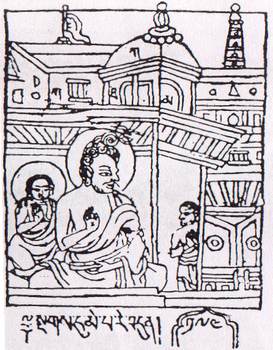
Teachings
Literature
There are a few works in Sanskrit and some in local dialects, which are traditionally recognised as the authentic works composed by the Siddha Charpatnath. Because of the scarcity of reliable historical materials, his literature works are another important source from which we can learn more about this remarkable Natha Yogi personality.
Charpat Shataka
His main book in Sanskrit, Charpaṭa Manjaryaparaparyaya, or Charpatanatha Shataka, is an important work of the Natha Tradition, written in a unique style. Although it is composed in Sanskrit, it uses a ‘doha metre’, which is more common for the works written in Hindi.
This work isn’t centred on the Hatha Yoga practices but instead has a motivational character, intended to stimulate various categories of people to turn their faces towards their Supreme Soul (Paramatma) and forsake sleepiness and hypocrisy. Some of its verses are quite challenging. To some extent, it can compare with the Shabdi of the Guru Gorakh Nath or with the Doha Kosha of the Great Siddha Saraha, which have a similar flavor.
In the first verse of the composition of one hundred verses, Charpatnath making obeisance to Gorakshanath as his Guru and explains the purposes of his work:
‘After making obeisance to the Shri Goraksha Deva (shrigoraksham devam natva), who is serviced by the combined efforts of all gods and demons, I (Charpatnath) would like to say here a few words, which are leading to the vanishing of delusion by replacement it with wisdom.’
A sample of his verses:
- If you are truly concerned about your well-being, then renounce the misfortune of your anger forever, because even the momentary engagement in wrath and the filling of enmity could burn up all the good karma collected through the penance of the countless years.
- He is my master; I am his servant. All these are the tricks of the mind to conceal one’s True Self. I belong to her; she belongs to me; in such a way, the attachment to ‘this is mine’ leads to the sorrowful consequences and finally kills.
- He who realises that neither wealth belongs to someone, nor the house, nor the son, is a wise man. All these alterations of the intellect attached to the three-fold illusion result from the engagement in ‘yours and mine,’ which should be forsaken.
- The limbs of the body have become feeble, the twisted hairs on his head have become grey, no teeth are left in his mouth, and it is only by the support of a stick that the old man walks, but even then the hope (to live forever) didn’t leave his body.
- After listening to the news about the arrangement of his own marriage, the foolish person becomes pleased, without realising that his excitement is about his own death. After getting caught in the clasp of the enemy, he laughs, without realising that he has offered himself to the snare of death.
- He becomes engaged in the fulfillment of happiness through the various kinds of sensual experiences, but as a result, his body becomes afflicted with diseases. But even after seeing the world taking refuge in death, he didn’t stop being the slave of sinful behavior.
- O, Mother! After seeing me become a yogi, leave aside your affection! O, Father! Don’t grieve about your son! O, Brother! Don’t cry because of the memories about me! Everyone is getting the fruits of their karma, and no one is getting those of others.
- Who am I? And who are you? And who are these people? Who is sad about which matter? One has come, and another has gone, in such a way all souls rotate on the wheel of time, being pulled around by their ignorance.
- How many mothers have I had in the past, and how many wives have I spent my lives? How many times have I become wealthy, and how many times have I ended up becoming poor?
- In the mouth, there are remains of scolding; in the body abides the disease of violence, in the mind resides anger, O yogi! Is that Adesh [higher intention] which you have obtained from your Guru?
- In the same way, as a chameleon changes its color, he has changed his clothes; after outwardly renouncing the world, he is still fully attached to it through the mind and heart. O, Yogi! Why didn’t you bring forth any progress in yoga? Where on your way do you become lost in lethargy?
- Who am I? And who are you? How do we get involved in this misery? Who is my mother? And who is my father? After contemplating in such a manner, the yogi realises that the activities of this world are like passing dreams.
Some Other Works
Among other works attributed to the authorship of Charpatnath are Shri Charpatnath ji ka Shabdi and Charpatnath ji ke Shlok; both these works are composed in old Indian dialects and were published by Hajariprasad Dvivedi in 1978.
- O yogi beyond dualities (avadhu)! Live your life in such a way that you will not die again!
- Conceited about himself, the foolish person who thinks that he already knows everything doesn’t bother to search for a Guru. There is a stick and water pot in his hands, he wears saffron color, and he has learned a lot from the worship of stones.
- He is paranoid about the cleanness of his body, so he washes his limbs again and again through the day; outwardly, he shines, but inside he is full of all kinds of impurities. He has set his heart on the complicated external rituals, but he has forgotten to purify his soul to the height of Parabrahma.
- Charpatnath says, listen O yogi beyond dualities (avadhu), don’t fall into the convenience of the company of a woman. By discharging bindu [semen], the life force in the nine nadis of your body is gradually extinguished; day by day, vitality of your body is taken away from you.
- Is this son of yours your personal property? Should he be married to this lady only because you want him to do so? People guided by their selfish interests and ignorance try to manipulate us by their whims. Where these worldly associations spread themselves, time is born, and its consequence is death. Charpat says, indulging in all these worldly affairs pushes you into perpetual confusion and misery.
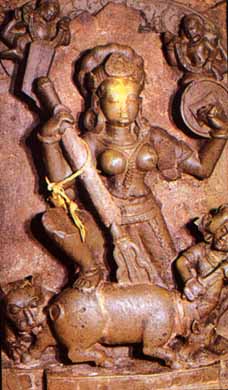
Bibliography
Source: https://sites.google.com/site/nathasiddhas/
Reference:
- Datta B.N., 1944. ed. and translation, Mystic tales of Lama Taranath, Calcutta, Ramakrishna Vedanta Math.
- Templeman David, translation 1983. The Seven Instruction Lineages (of Taranatha). Dharamsala, Library of Tibetan Works and Archives.
External Links
Some more articles related to Charpatnath from the Internet:

